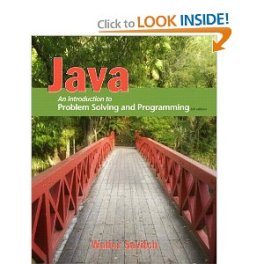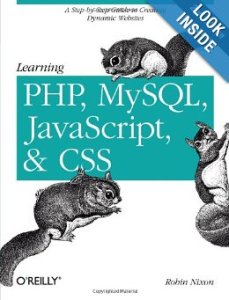Guide to Operating Systems 4th Edition by Michael Palmer and Michael Walters prepares readers to know the basic ideas of computer working systems. Authors additionally describe the most recent principle and technical info for working on Windows, Mac OS, and UNIX/Linux platforms.
Matters embody operating system theory, installation, upgrading, configuring (working system and hardware), file techniques, safety, hardware choices, storage, useful resource sharing, community connectivity, maintenance, and troubleshooting. Designed to be simply understood and extremely practical, that is the useful resource readers want for deepening their understanding of different operating systems.
The book specifically addresses Windows XP, Windows Vista, Windows 7, Windows Server 2003 and Windows Server 2003 R2, Windows Server 2008 and Windows Server 2008 R2, SUSE Linux, Fedora Linux, Red Hat Linux, and Mac OS X (Panther, Tiger, Leopard, and Snow Leopard), and provides information on all network operating subjects.
This book provides an in-depth survey of modern operating systems, enabling the reader to understand how they work and to compare them feature-by-feature (or topic by topic) with two appendices covering operating system command-line commands and using Fedora with this book. "From the Trenches" stories in each chapter contain examples from the authors' experience, adding color and context through real-life situations.
There are extensive learning tools, including Review Questions, Hands-On Projects, and Case Projects allow review and technical practice. It also includes Fedora 13 DVD to help students train across UNIX/Linux. All-new information with complete steps for installing and upgrading Windows Vista, 7, Windows Server 2008, Windows Server 2008 R2, Fedora Linux, and Mac OS X Leopard and Snow Leopard ensures that everything goes smoothly. Many new "From the Trenches" features located throughout the textbook offer recent practical examples from real life situation.
More details about this book...
or
Download Guide to Operating Systems PDF Ebook :





































